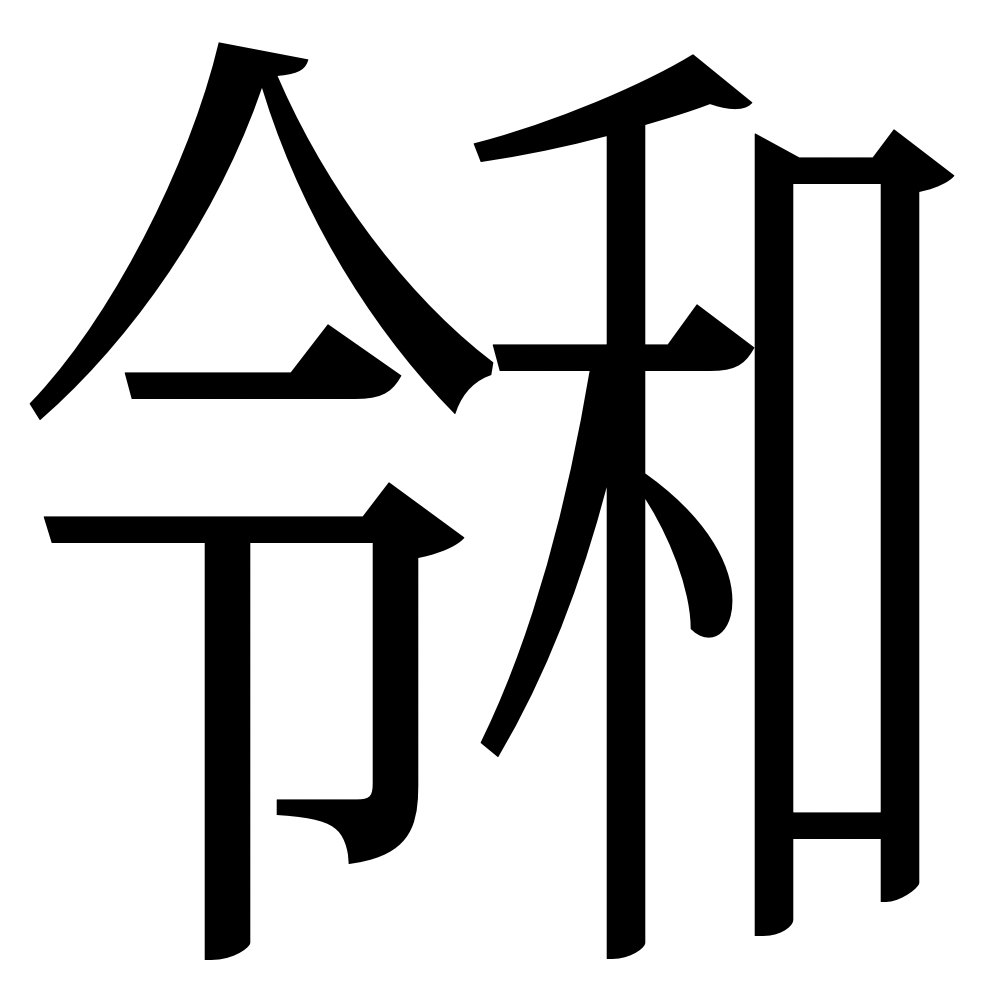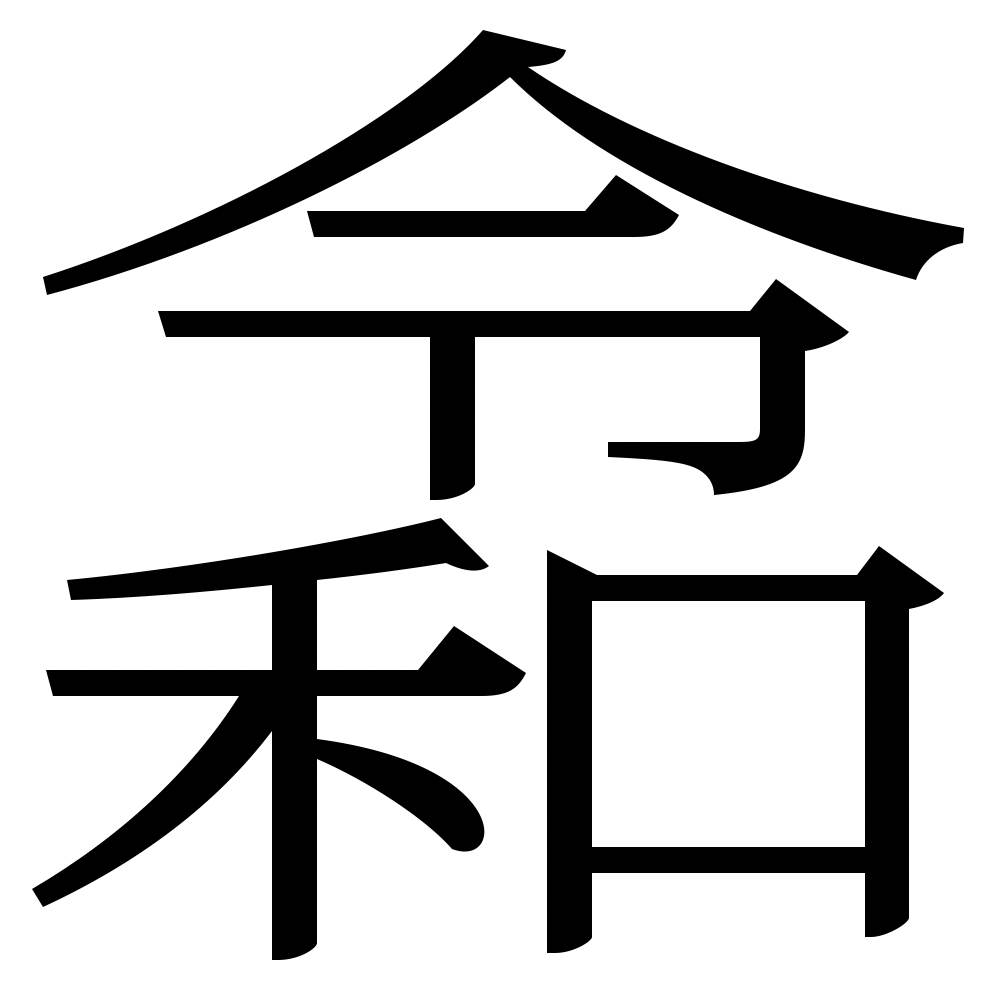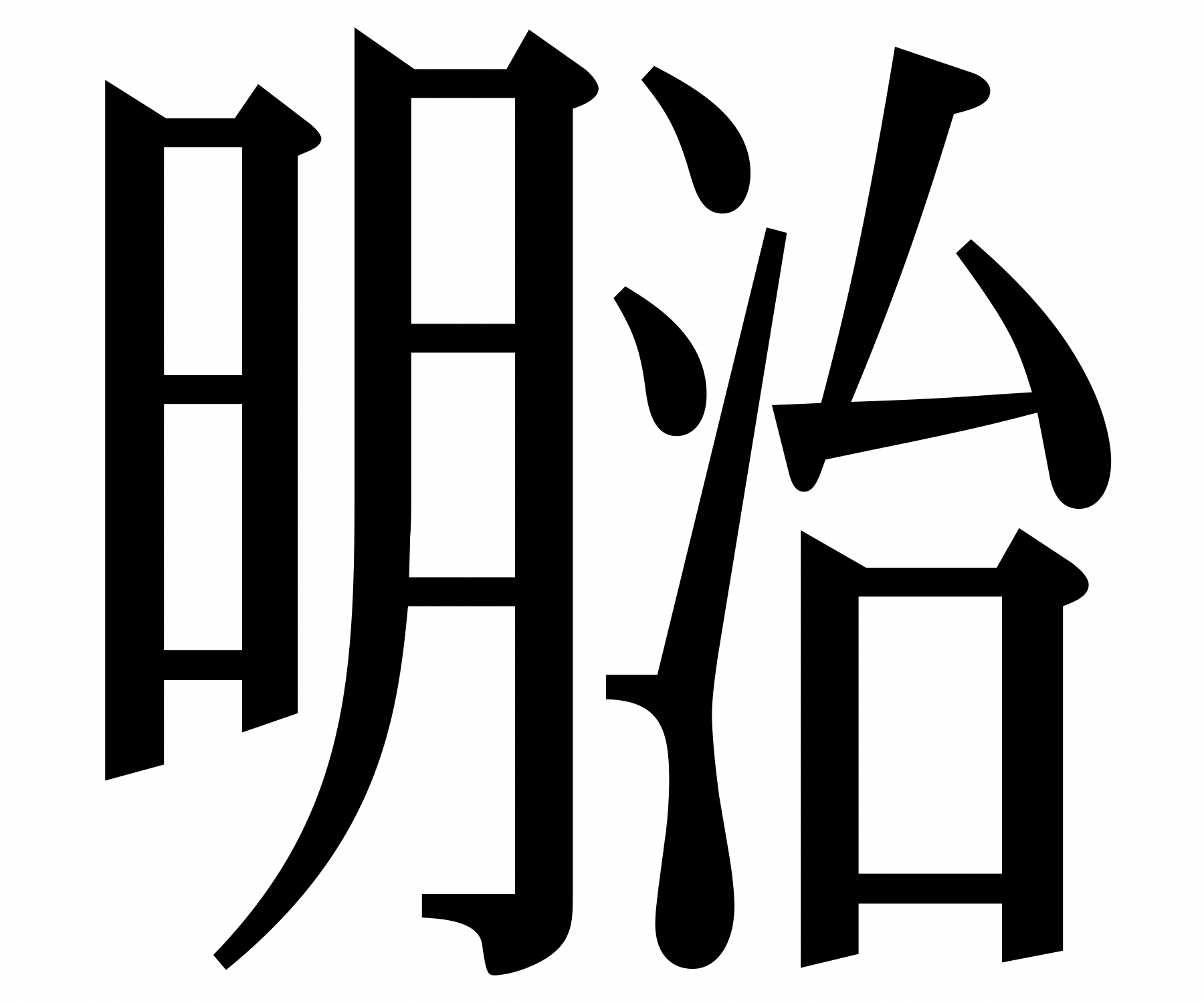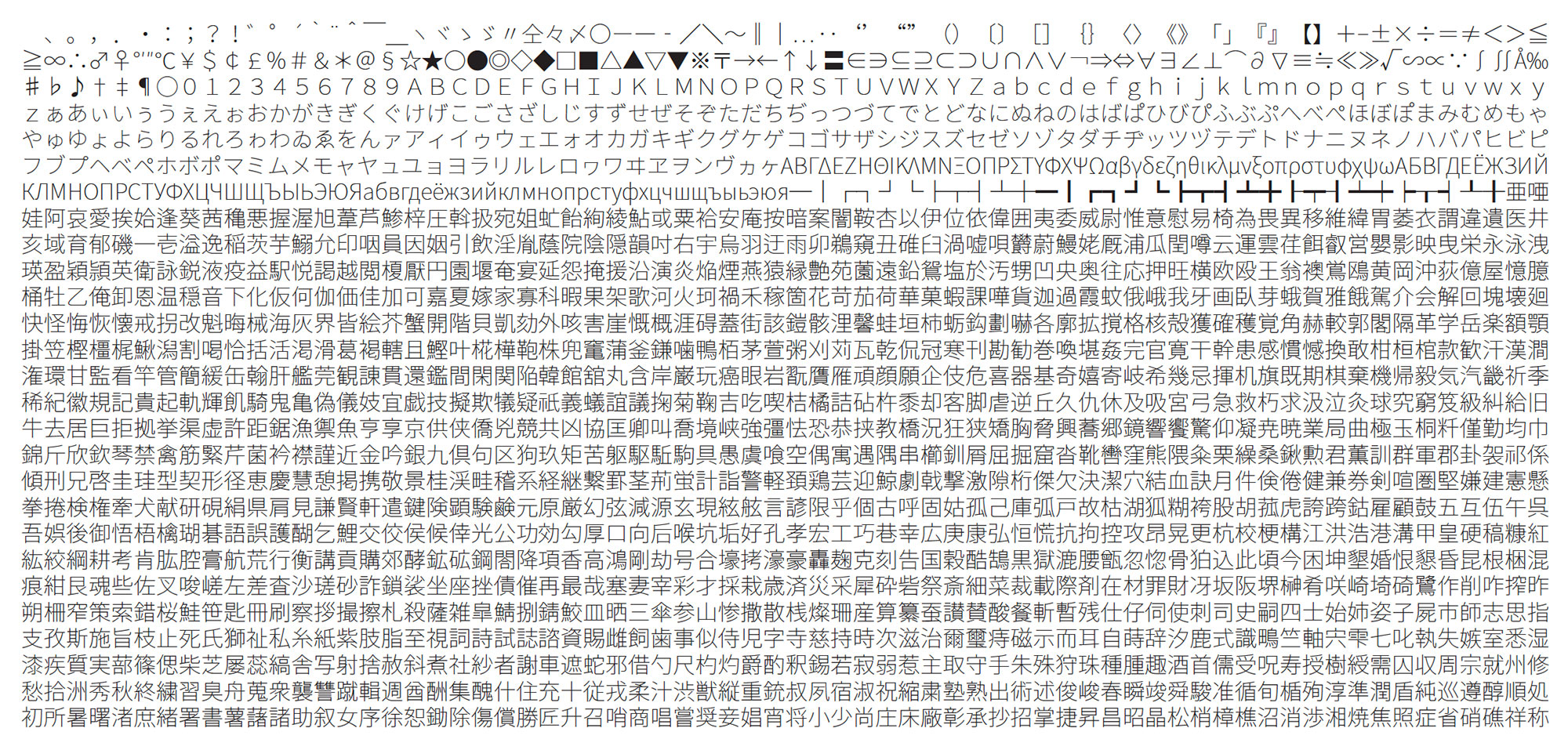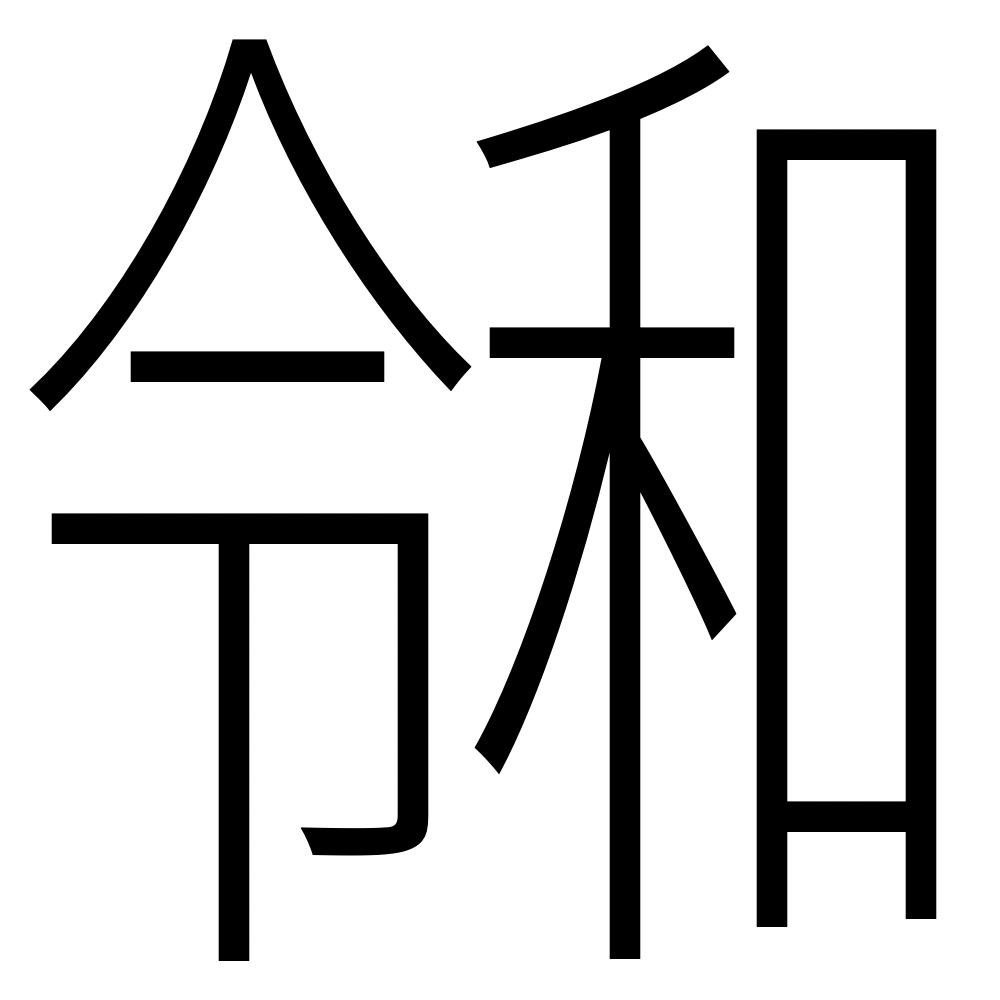
The earlier part of this year was spent preparing new and revised glyphs for the Source Han Sans and Google-branded Noto Sans CJK Version 2.001 update, which also involved changing several mappings. The fonts for the former Pan-CJK typeface family were released today, and as usual, the all-inclusive—and highly-recommended—45-font Super OTC (OpenType Collection) is easily downloaded from the latest release page. See the official ReadMe (will download if clicked) for more details about this release. 70 of the Source Han Sans Version 2.001 fonts are also available via Adobe Fonts (formerly Adobe Typekit).
Continue reading…


